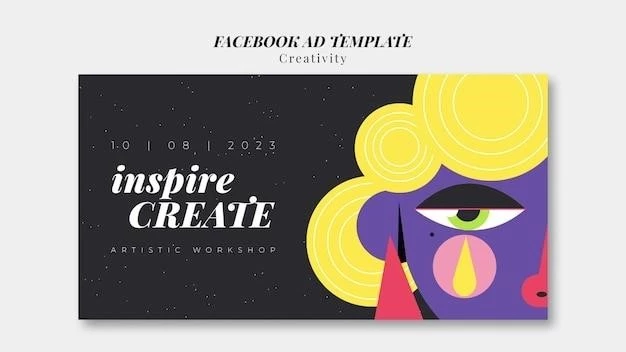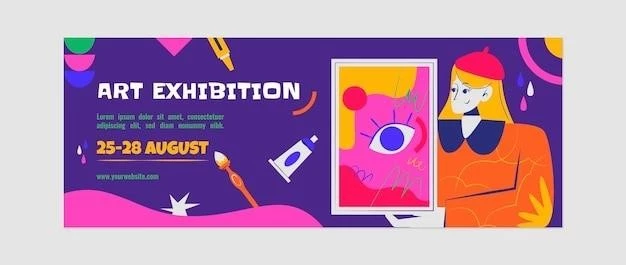Throughout history, art has served as a powerful medium for social commentary, reflecting and challenging societal norms, values, and injustices. Artists, through their creative expressions, hold a mirror to society, prompting introspection and dialogue on critical issues that shape the human experience. From the Renaissance masters who challenged religious dogma to contemporary street artists who critique political systems, art has played a pivotal role in sparking conversations and shaping public opinion.
The Role of Art as a Reflection of Society
Art acts as a visual chronicle of the times, capturing the essence of an era’s social, political, and cultural landscape. Artists, as keen observers of their surroundings, translate their perceptions and experiences onto canvas, sculptures, installations, and various other art forms. These artistic creations serve as tangible representations of societal values, beliefs, and struggles, providing invaluable insights into the human condition within a specific historical context.
For instance, the works of Renaissance artists like Leonardo da Vinci and Michelangelo not only showcased their artistic genius but also reflected the prevailing humanist ideals of their time. Their art celebrated human potential and emphasized the importance of reason and observation, marking a departure from the purely religious themes of the medieval period.
Symbolism and Allegory: Conveying Deeper Meanings
Artists often employ symbolism and allegory to imbue their works with deeper meanings and social critiques. Symbols, with their multi-layered interpretations, allow artists to address sensitive or controversial issues indirectly, inviting viewers to decipher the intended message. Allegory, on the other hand, uses narratives or characters to represent abstract ideas or historical events, often veiled in a metaphorical layer.
One of the most iconic examples of symbolism in art is Pablo Picasso’s “Guernica,” a powerful anti-war masterpiece. The painting’s fragmented figures, distorted perspectives, and monochromatic palette convey the horrors of war and the suffering it inflicts upon innocent civilians. Through symbolism, Picasso transformed a specific historical event into a timeless condemnation of violence and brutality.

Challenging the Status Quo: Art as a Tool for Social Change
Art possesses the inherent ability to challenge the status quo, provoke thought, and inspire action. Throughout history, artists have utilized their creativity to critique social injustices, advocate for equality, and ignite movements for change. By shedding light on societal issues often ignored or marginalized, artists can raise awareness, foster empathy, and mobilize individuals to work towards a more just and equitable society.
The Civil Rights Movement in the United States witnessed a surge in art that confronted racial segregation and discrimination. Artists like Jacob Lawrence, through his powerful paintings, depicted the struggles and resilience of African Americans in their fight for equality. Similarly, the feminist art movement of the 1960s and 70s challenged traditional gender roles and advocated for women’s rights٫ using art as a platform to amplify their voices and dismantle patriarchal structures.
Political Satire: Using Humor as a Weapon
Political satire has long been a potent tool for social commentary, employing humor, irony, and exaggeration to critique political figures, policies, and systems. From caricature drawings to satirical plays and performances, artists have used humor to expose hypocrisy, challenge authority, and provoke critical thinking about the political landscape.
The works of British artist Banksy exemplify the power of political satire in contemporary art. His subversive street art, often laden with irony and dark humor, critiques issues like war, poverty, consumerism, and the surveillance state. Banksy’s ability to spark conversations and challenge societal norms through his thought-provoking and often controversial works has solidified his status as a prominent social commentator of our time.

Capturing Cultural Shifts and Transformations
Art serves as a barometer of cultural shifts and transformations, reflecting evolving societal values, beliefs, and practices. As societies evolve, so too does their art, capturing the changing dynamics of human relationships, technological advancements, and cultural expressions. By examining art from different periods, we gain insights into the cultural values and norms that shaped those eras.
The rise of Pop Art in the 1950s and 60s exemplified this phenomenon. Artists like Andy Warhol and Roy Lichtenstein drew inspiration from popular culture, mass media, and consumerism, reflecting the changing landscape of post-war Western societies. Their works celebrated everyday objects, challenged traditional notions of art, and reflected the growing influence of mass media on society.
Conclusion
Art and social commentary are inextricably intertwined. Artists, through their creative expressions, have the power to hold a mirror to society, challenge the status quo, and inspire change. Whether through symbolism, allegory, political satire, or simply by capturing the essence of their times, artists have played a crucial role in shaping public discourse and prompting critical reflection on the world around us.
As we navigate an increasingly complex and interconnected world, art’s role as a catalyst for social commentary remains as relevant as ever. By engaging with art that challenges our perspectives, sparks dialogue, and inspires action, we can work towards a more just, equitable, and compassionate society.










